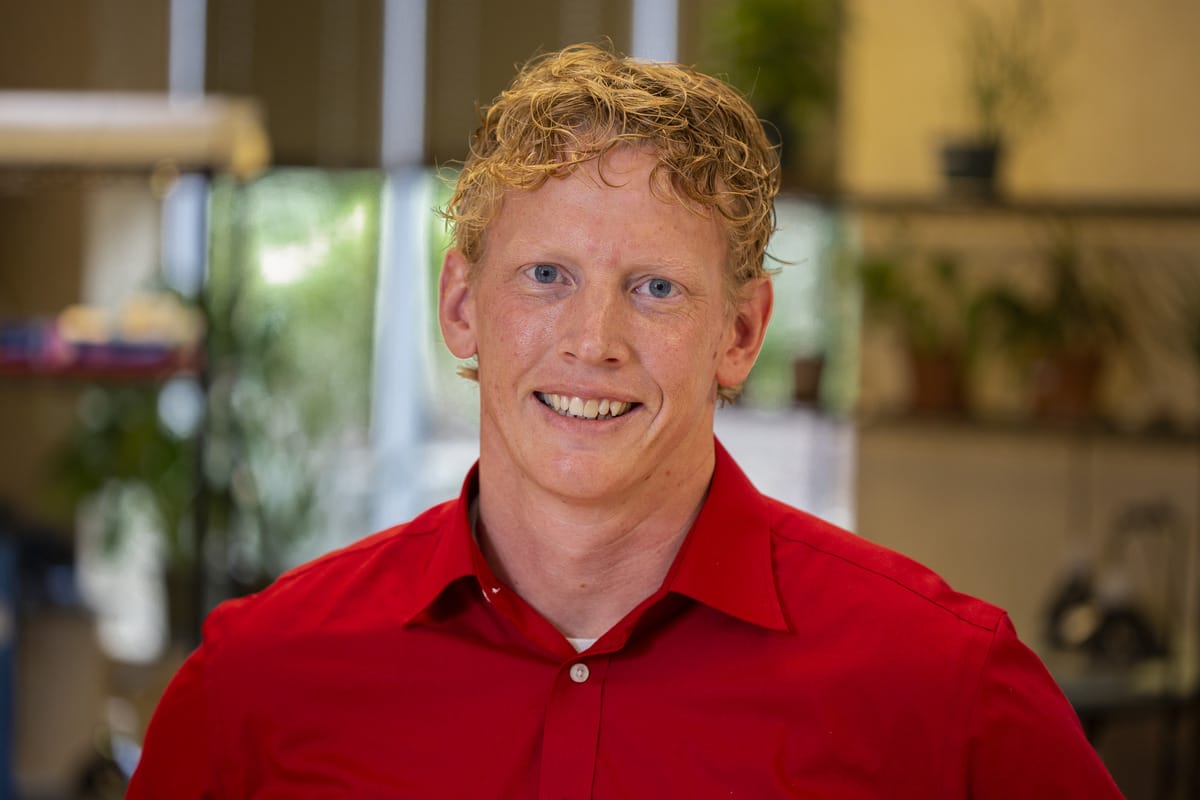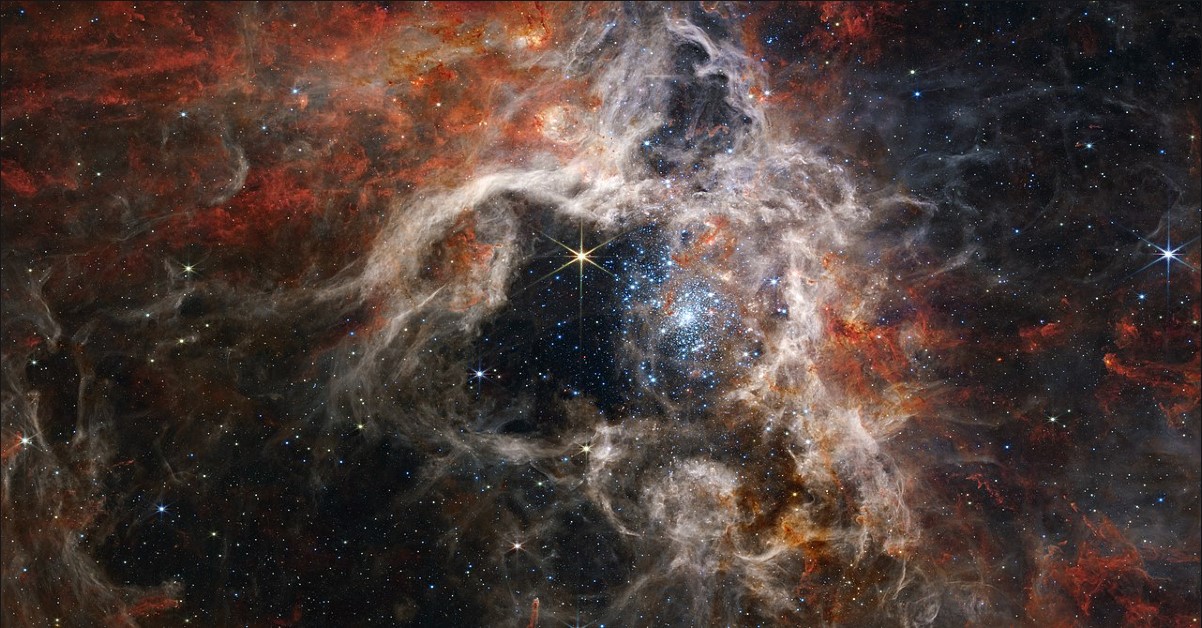The countdown has begun; we’re two weeks away. It could all go wrong, of course. What might have been a time full of wonder and joy could slip sideways. There could be a disaster.
After all, there was with Hubble. The telescope’s primary mirror was warped — by 1/50th the length of a human hair — and all of the images were blurry. Back then, we could fix it. Through incredible feats of ingenuity and engineering, we repaired the problem and gave humanity decades of world-changing images. I see one of them in my office every day.
But this time, there’s no safety net. The James Webb Space Telescope will be too far away; on December 22, when we launch it into space, there’s no going back. I hope you’re counting down the days with your class. The launch will be historic, whatever happens. And as excitement builds and the day approaches, here are three powerful lessons we can apply to our classrooms.
Step Back
I wrote that “we” are going to launch the JWST into space. I’m not, of course, part of the team that will conduct the launch. But events like this present a wonderful opportunity to step back with your students and broaden their perspectives. I’ve written before about the importance of changing the conversation — of fighting toxic tribalism by encouraging students to say “they” less, and “we” more. When humanity works together, our world becomes richer and stronger.
Scientific progress provides a wonderful example. Teach your students about pioneers in STEM — especially those they might not be familiar with — to help them understand that every time we learn something new, the world gets a little smarter. Eric Smith, the chief scientist of NASA’s astrophysics division, says it well: ““When you see Webb go into space, … it’s the whole force of human creativity and all kinds of disciplines that push it there.”
So help students understand their role in our collective journey! Remind them often that whatever their interests, they can think scientifically to learn more and, someday, to contribute new understandings to our world.
Find Joy
Wonder is the spark that ignites learning and makes knowledge beautiful. Seek wonder in your classroom, and encourage students to recognize and express moments of wonder in their lives. Maybe that includes a Wonder Wall, where you and your students post learnings that are incredible, and questions that inspire curiosity. Maybe it includes passion projects, where students pursue independent discovery. Whatever it looks like, seek to spark wonder in your students.
The Webb Telescope, if all goes well, will be able to detect molecules on Mars. It will see the atmosphere of exoplanets, the birth of stars, and the behavior of black holes. It will look back in time, billions of years, to the infancy of our universe. Truly, an occasion for wonder!
Be Bold
This launch is a risk. Despite the best efforts of brilliant and highly trained scientists, it could go wrong and waste billions of dollars. But adventure is built by taking chances — a lesson we don’t teach our students often enough.
Encourage students to live extraordinary lives by showing them passionate individuals who take risks to make the world a better place. Give them examples from history, certainly — but also make your classroom an example. I believe strongly in helping teachers shake up education by showing students that their work and their learning can make a difference, today. I believe in the power of passion and curiosity. I know there is inertia in schools that can make it harder to teach outside the box — but I urge you to take bold steps in your own classroom to create learning adventures for your students. Let’s make the world a bolder, more joyful, more wonderful place.
*Image courtesy of NASA via Wikimedia Commons.

